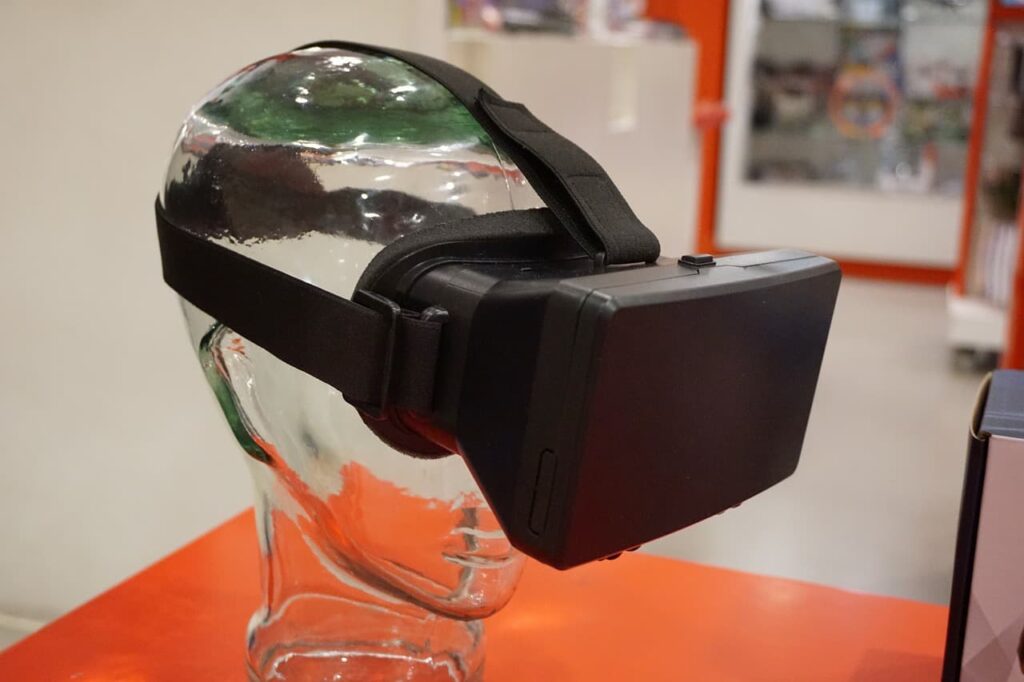For 1000s of years, people have always decorated their bodies and built tools, but lately something stranger is happening. Technology is no longer just an accessory. It is fusing with identity itself. Contemporary artists are noticing the same shift, and they are turning it into work that feels half-human, half-machine.
This idea, known as transhumanism, has spilled out of philosophy papers and into galleries, performances, and street murals. The result is work that feels half-human, half-machine—messy, thrilling, and a bit unsettling.
Bodies As Canvases
For a long time, art about technology stayed external: paintings of factories, photos of circuit boards, digital prints. Now the body itself has become the medium. Performance artist Stelarc famously suspended himself from hooks and implanted an ear on his arm to explore human augmentation. Neil Harbisson, born color-blind, installed an antenna in his skull to “hear” colors and then composed symphonies from those frequencies.
These are not just stunts. They raise the question of where art ends and life begins. A dancer wearing motion-tracking sensors can project light patterns across the stage in real time. A painter can implant NFC chips in viewers’ wrists to trigger hidden sounds near the canvas. The flesh becomes the gallery, and the gallery becomes a feedback loop.
From Prosthetics to Poetics
Transhumanist tools once belonged to the medical realm, from prosthetic limbs, cochlear implants, to pacemakers. Contemporary artists are reimagining those devices as aesthetic statements.
Consider designer Anouk Wipprecht, who creates robotic dresses that sprout metal “spines” when someone gets too close. Or the Spanish collective Cyborg Nest, which sells tiny implants that vibrate to show the direction of the north pole, turning orientation into a private poem.
This isn’t just gadgetry. It is a new vocabulary. Where painters once used oil and canvas, artists now use haptic feedback, bio-sensors, and open-source code. The prosthetic stops being a substitute and becomes a metaphor: for surveillance, for intimacy, for the fragility of the self in a networked world.
Digital Flesh and Virtual Skins

Of course, not all cyborg aesthetics require surgery. Some live entirely in virtual spaces. Avatars in VR exhibitions sprout extra limbs, shifting faces, glowing organs. Augmented reality overlays tattoos on viewers as they walk through a gallery.
The artist Cao Fei builds dreamlike digital cities populated by hybrid beings who behave like myths updated for broadband.
This is where transhumanism becomes almost playful. You can test an identity, discard it, and build another. An indie creator might code a small AR filter that makes your veins look like fiber-optic cables.
A museum can host a show accessible only through a headset, where sculptures change texture depending on your heartbeat. These experiments make the invisible relationship between humans and machines suddenly tactile.
Niches, Collectors and the Algorithmic Gaze
Transhumanist art has also shifted how works circulate. Instead of relying only on galleries, many artists distribute through online platforms, NFTs, or immersive live streams. The audience may never set foot in a white cube. They might interact from Nairobi, Reykjavik, or a dorm room in Boston.
Algorithms act like accidental curators. A short clip of a robotic mask on TikTok can reach millions overnight, eclipsing a year of physical exhibitions. Yet this same system also buries slower, subtler pieces that don’t fit the feed’s rhythm.
It’s a double-edged: unprecedented reach, unpredictable visibility. Some artists now design specifically for algorithmic spread, while others treat it as a critique, making pieces that break or glitch when shared too widely.
